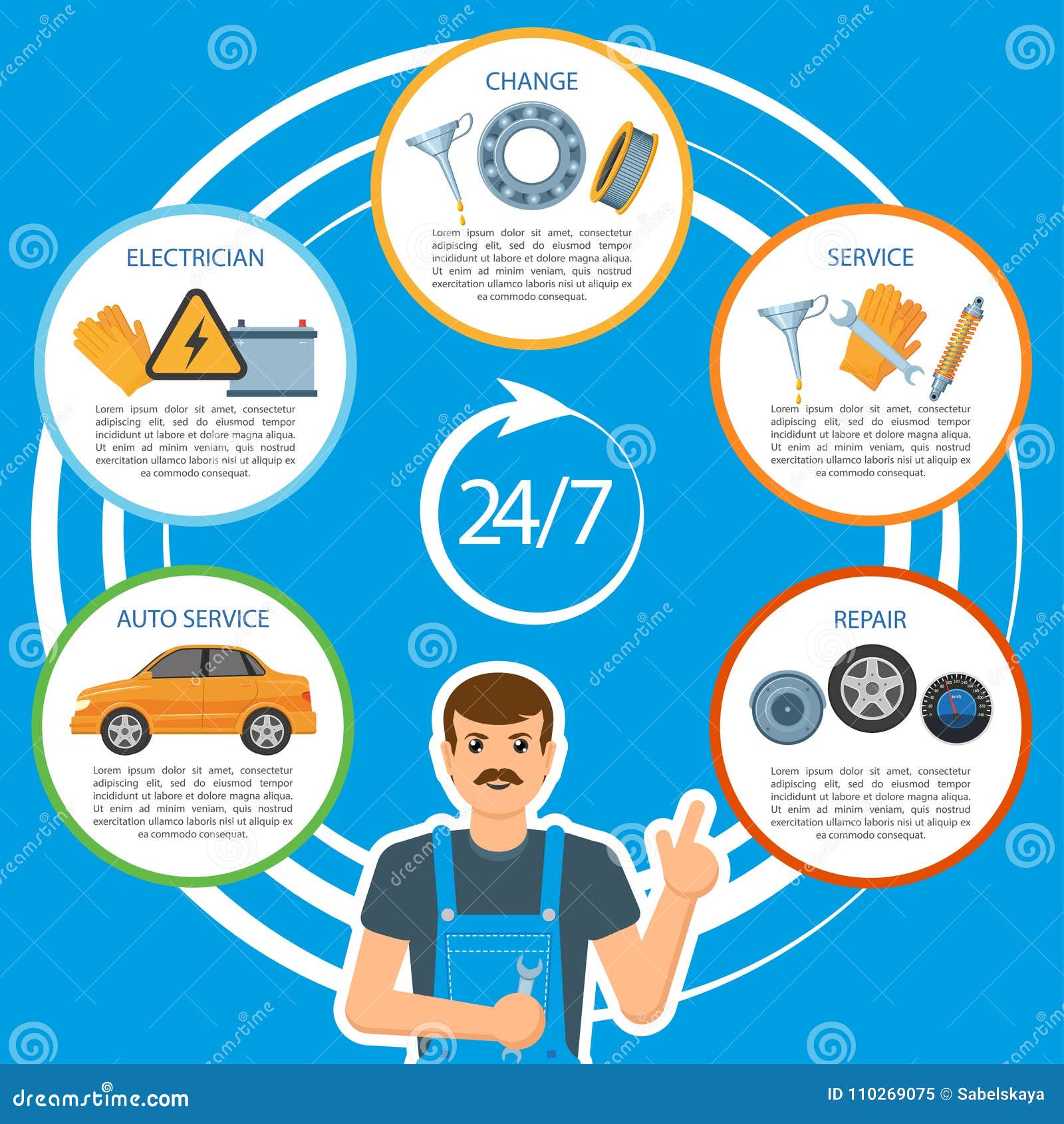Comprehending The Significance Behind Your Lorry'S Caution Lights: An In-Depth Appearance
Comprehending The Significance Behind Your Lorry'S Caution Lights: An In-Depth Appearance
Blog Article
Published By-Samuelsen Gilbert
When you're behind the wheel, those radiant warning lights on your dashboard can be a little bit difficult. Do you know what they're trying to inform you about your vehicle's wellness? Comprehending the relevance of these lights is vital for your safety and security and the longevity of your automobile. So, the next time one of those lights pops up, would not you wish to analyze its message accurately and take the needed actions to resolve it?
Common Warning Lighting and Interpretations
Determine usual warning lights in your automobile and understand their definitions to make sure safe driving.
One of the most normal warning lights consist of the check engine light, which signifies concerns with the engine or exhausts system. If this light begins, it's vital to have your car inspected quickly.
The oil pressure cautioning light shows reduced oil stress, needing instant interest to stop engine damages.
A blinking battery light could suggest a faulty charging system, potentially leaving you stranded if not addressed.
The tire stress monitoring system (TPMS) light signals you to reduced tire pressure, impacting vehicle stability and fuel performance. Overlooking this can bring about dangerous driving conditions.
The ABS light suggests a problem with the anti-lock stopping system, compromising your capacity to quit rapidly in emergency situations.
Lastly, the coolant temperature advising light warns of engine overheating, which can result in serious damages otherwise fixed quickly.
Recognizing these common caution lights will certainly help you address concerns promptly and keep secure driving problems.
Significance of Prompt Interest
Comprehending the typical warning lights in your vehicle is only the very first step; the value of quickly resolving these cautions can't be highlighted enough to ensure your safety when driving.
When a caution light brightens on your control panel, it's your automobile's means of interacting a prospective problem that needs interest. Ignoring these cautions can lead to more serious troubles in the future, endangering your safety and security and possibly costing you much more in repairs.
Prompt attention to cautioning lights can stop breakdowns and crashes. For example, a flashing check engine light might suggest a misfire that, if left unattended, can create damage to the catalytic converter. Addressing https://judahxsmgz.techionblog.com/31229026/wondering-concerning-the-misconceptions-that-typically-circulate-relating-to-auto-describing-untangle-the-realities-behind-these-mistaken-beliefs-and-see-why-specialist-describing-is-vital-for-all-car-owners can save you from a costly repair work.
Similarly, a brake system warning light could signify reduced brake liquid or worn brake pads, vital parts for your safety and security when driving.
Do It Yourself Troubleshooting Tips
If you observe a caution light on your control panel, there are a couple of DIY troubleshooting tips you can attempt before seeking professional help.
The very first step is to consult your vehicle's guidebook to comprehend what the specific caution light shows. Occasionally the concern can be as simple as a loosened gas cap causing the check engine light. Tightening up the gas cap may settle the issue.
car.detailing near me is a low battery, which can cause numerous alerting lights. Inspecting the battery links for deterioration and guaranteeing they're safe and secure could deal with the trouble.
If a warning light persists, you can try resetting it by separating the automobile's battery for a couple of minutes and afterwards reconnecting it. In addition, examining your car's fluid degrees, such as oil, coolant, and brake liquid, can help troubleshoot alerting lights connected to these systems.
Verdict
In conclusion, understanding your cars and truck's caution lights is necessary for maintaining your lorry running smoothly and securely. By immediately addressing these alerts and understanding what they imply, you can stay clear of expensive repair services and potential break downs.
Remember to consult your vehicle's guidebook for specific details on each advising light and act accordingly to make certain a hassle-free driving experience.
Keep informed, remain safe when driving!
